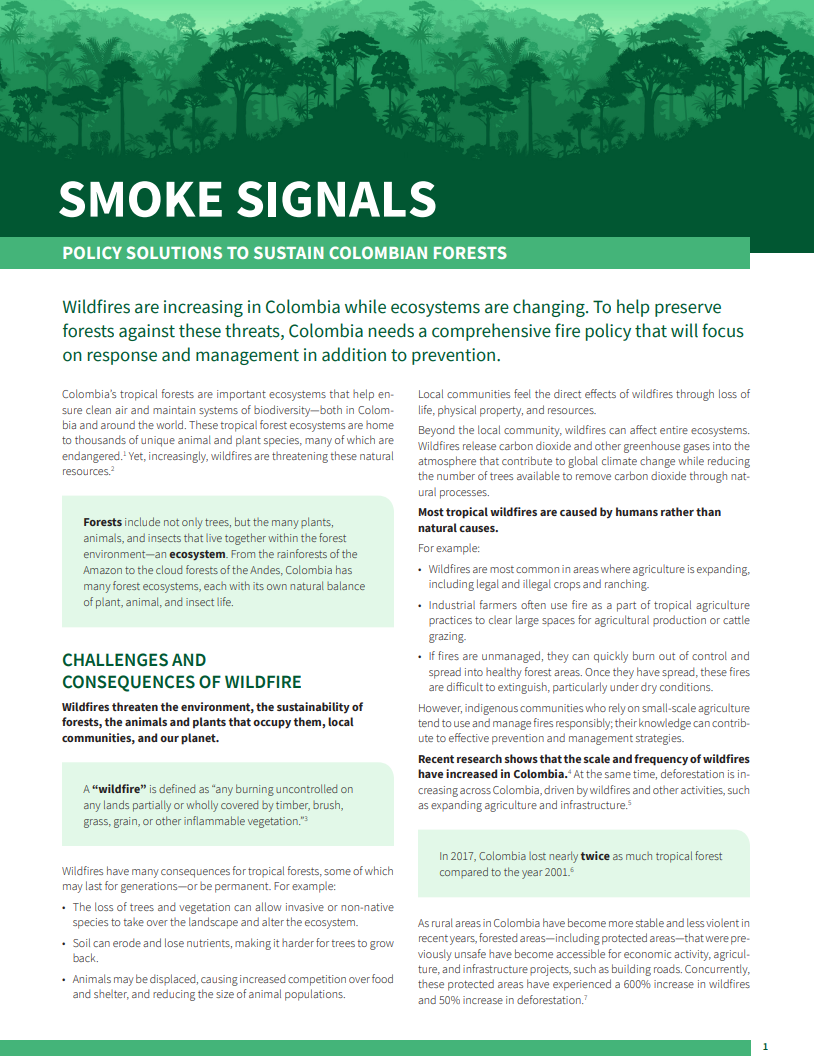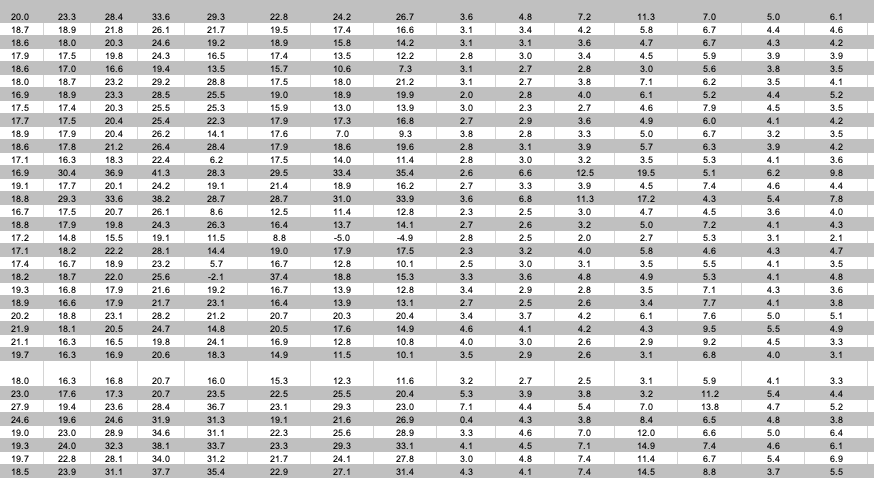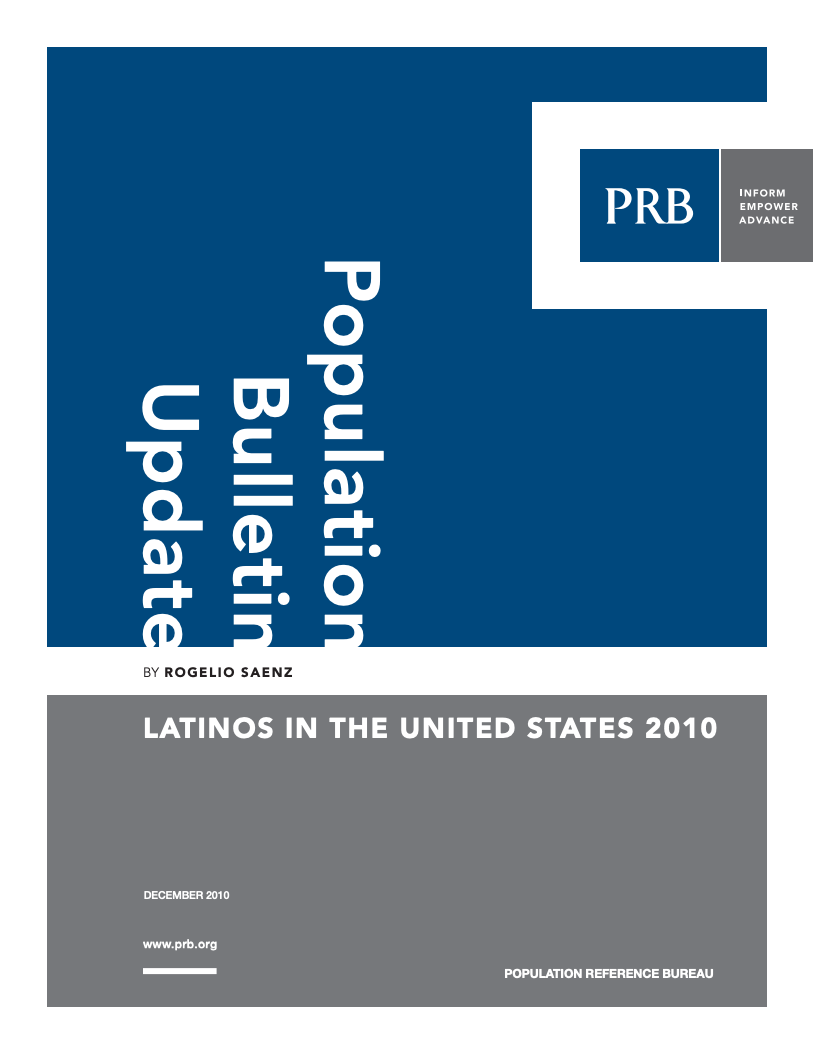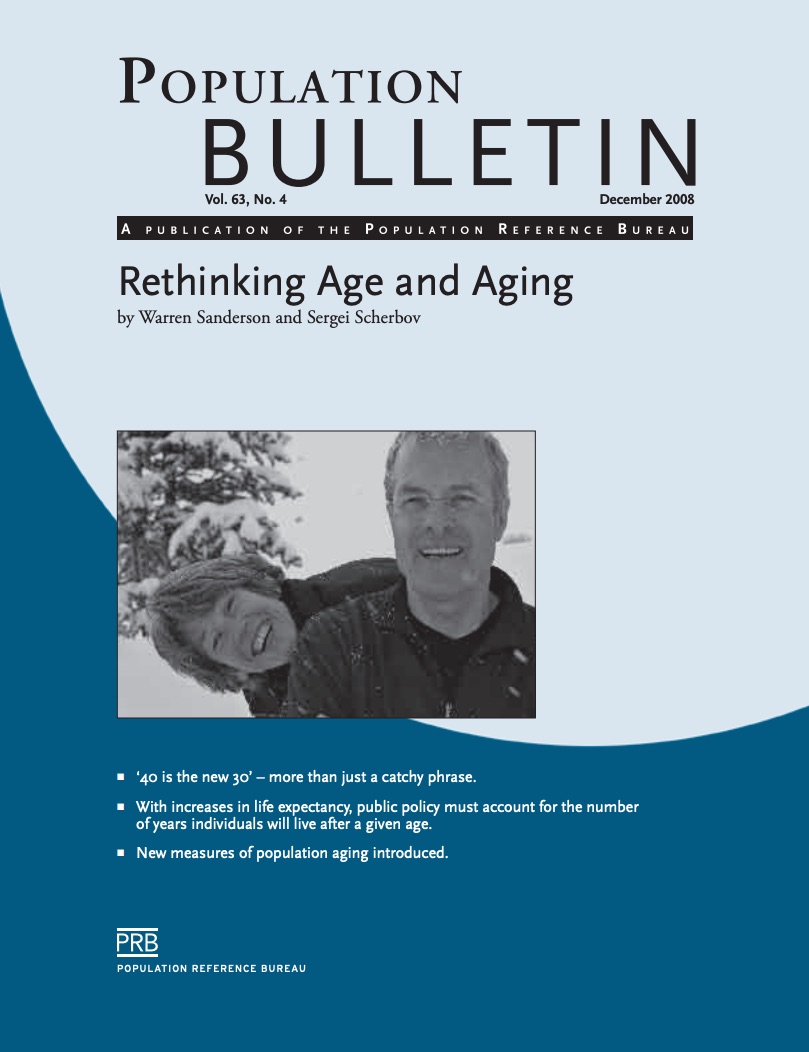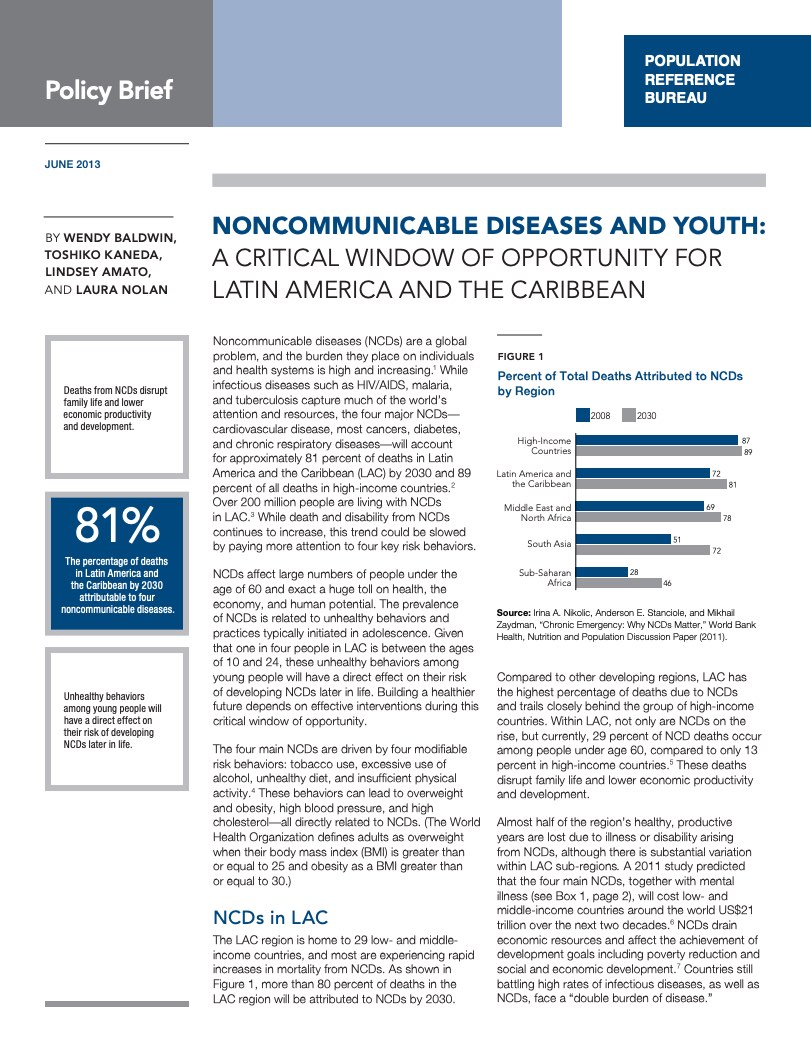Project: Research Technical Assistance Center (RTAC)
Smoke Signals: Policy Solutions to Sustain Colombian Forests
Colombia’s tropical forests are important ecosystems that help ensure clean air and maintain systems of biodiversity, yet wildfires threaten them.

